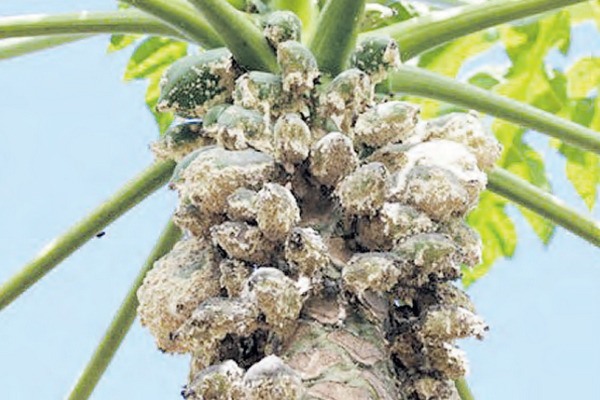A recent study has highlighted the effectiveness of Acerophagus papayae, a parasitic wasp, in controlling papaya mealybug, a pest causing extensive damage to various crops in East Africa. The papaya mealybug, originating from Central America, has spread to numerous regions, including Kenya where it was first identified in Mombasa in 2016. This pest now poses challenges to papaya cultivation in several counties such as Meru, Murang'a, Kitui, Busia, and Baringo.

Research indicates that while both the papaya mealybug and A. papayae find suitable environmental conditions in East Africa, there are significant areas where the pest thrives but the biocontrol agent does not. This disparity underscores the need for strategic deployment of A. papayae as part of integrated pest management approaches. Ivan Rwomushana, a co-author of the study, emphasizes that environmental suitability is one of many factors influencing the efficacy of A. papayae as a biocontrol agent. The density of the host species, P. marginatus, plays a crucial role in determining the success of A. papayae in any given area.
The study's findings are vital for guiding the application of A. papayae across Africa, particularly in regions where the papaya mealybug is prevalent. The international organization CABI, along with its partners, has initiated efforts to combat the mealybug in Kenya, targeting counties heavily impacted by the pest. Through the deployment of A. papayae, the project aims to mitigate the economic losses experienced by smallholder farmers and ensure food security.
Source: The Star










